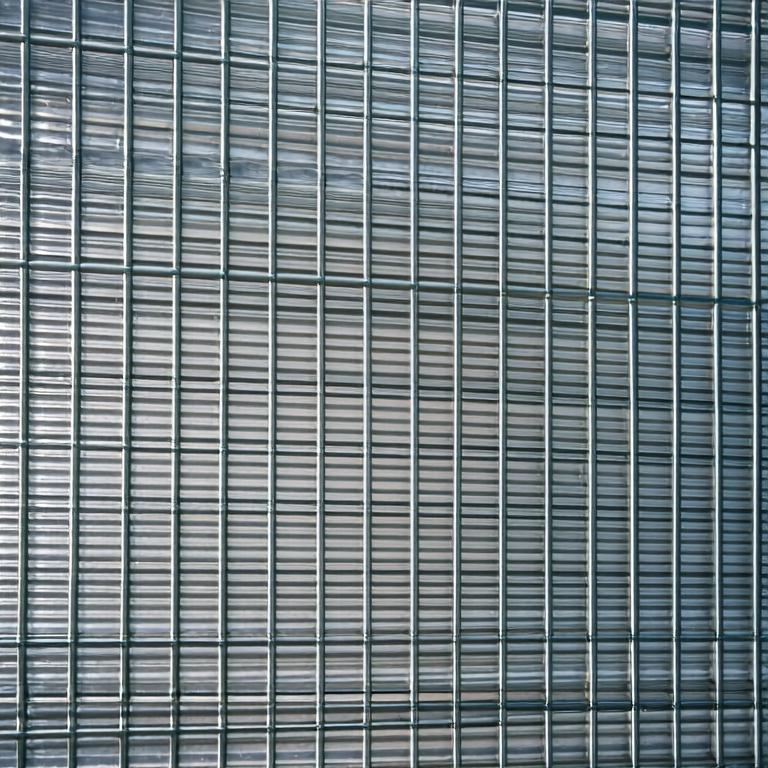Galvanized welded wire mesh vs stainless steel mesh for filtering applications
This affects performance and suitability for specific applications.
Introduction
Choosing the right mesh type for filtering can be confusing. Two popular options are Galvanized welded wire mesh and stainless steel mesh. Each has unique characteristics that make them suitable for different applications. Galvanized wire mesh panels are often more affordable, but they may not last as long as stainless steel. On the other hand, stainless steel offers corrosion resistance but at a higher cost. Understanding these differences can help you make an informed decision.

Summary Answer
**Galvanized welded wire mesh is more cost-effective and suitable for dry environments. Stainless steel mesh, however, offers superior durability and resistance to corrosion, making it ideal for wet or harsh environments.**
Key Differences Between Galvanized and Stainless Steel Mesh
- Material Composition: Galvanized mesh is steel coated with zinc, while stainless steel mesh is made from chromium and nickel alloys.
- Corrosion Resistance: Stainless steel is highly resistant to rust and corrosion, excellent for outdoor or wet uses. Galvanized mesh may corrode if exposed to moisture for long periods.
- Cost and Durability: Galvanized mesh is generally cheaper but may wear out faster than stainless steel, which is more durable and can handle tough environments.
Material Composition
This affects performance and suitability for specific applications.
- Galvanized mesh is lighter and easier to handle.
- Stainless steel mesh is heavier but offers better strength.
Corrosion Resistance
For filtering applications in harsh conditions, this is a crucial factor.
- Stainless steel lasts longer in wet conditions than galvanized mesh.
- Consider stainless steel for food processing or chemical applications.
Cost and Durability
Budget-friendly options may not always be the best in the long run.
- Galvanized mesh saves money upfront but may require replacement.
- Stainless steel may be more costly but lasts much longer.
Conclusion
In summary, both galvanized welded wire mesh and stainless steel mesh serve their purpose in filtering applications, but their suitability depends on your specific needs. Galvanized mesh is cost-effective for dry environments, while stainless steel mesh offers durability and corrosion resistance for tough conditions. Understanding the strengths and weaknesses of each option is key to making the best choice for your project.
FAQ
1. What is the main difference between the two types of meshes?
The main difference lies in their composition and durability. Galvanized wire mesh is less expensive but not as durable as stainless steel mesh.
2. In which applications can I use galvanized wire mesh?
Galvanized wire mesh is suitable for dry environments like fencing and temporary barriers.
3. Is stainless steel mesh worth the extra cost?
Yes, if your application involves moisture or harsh conditions, stainless steel is a better investment.
Table of Contents
- Introduction
- Summary Answer
- Key Differences Between Galvanized and Stainless Steel Mesh
- Conclusion
- FAQ